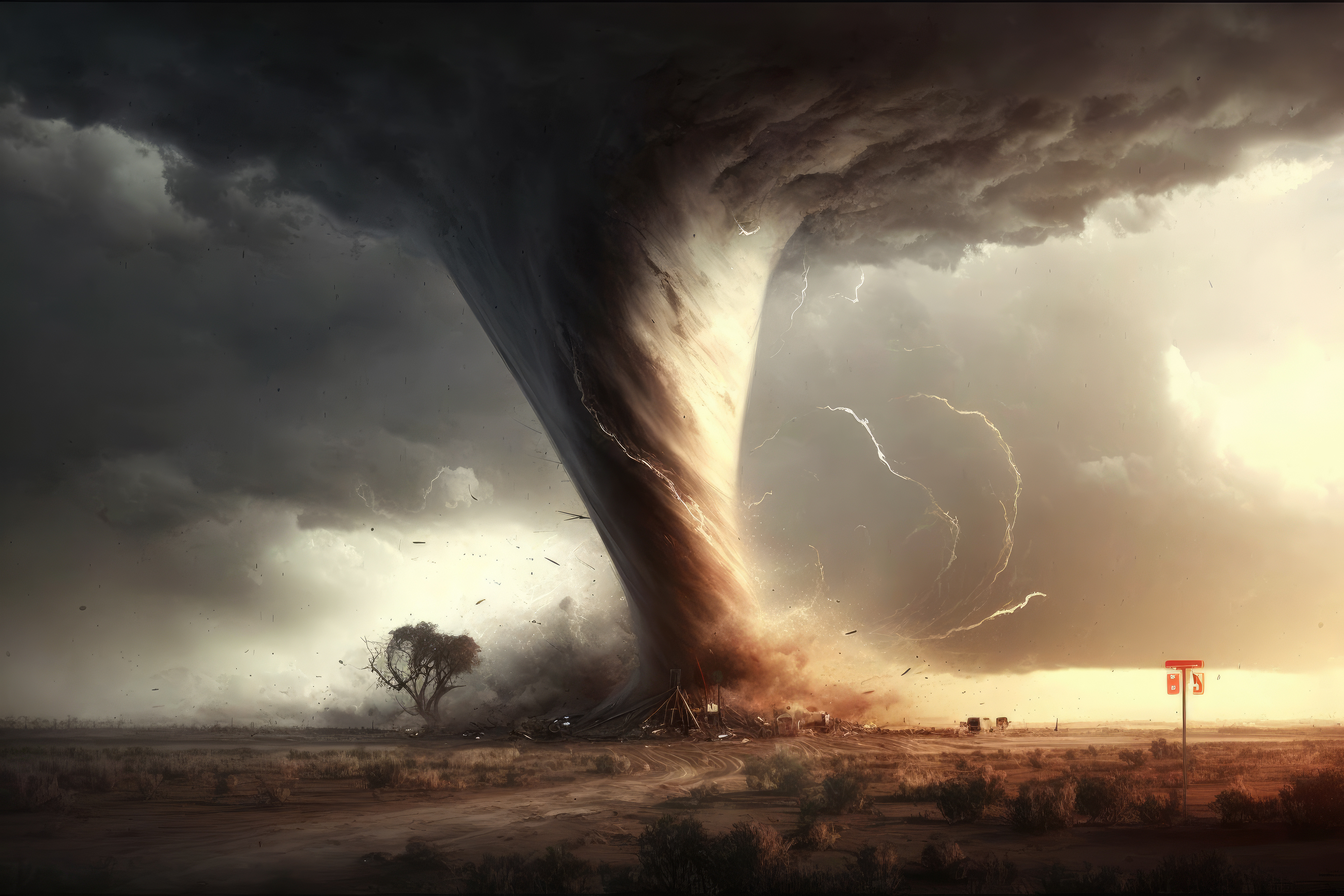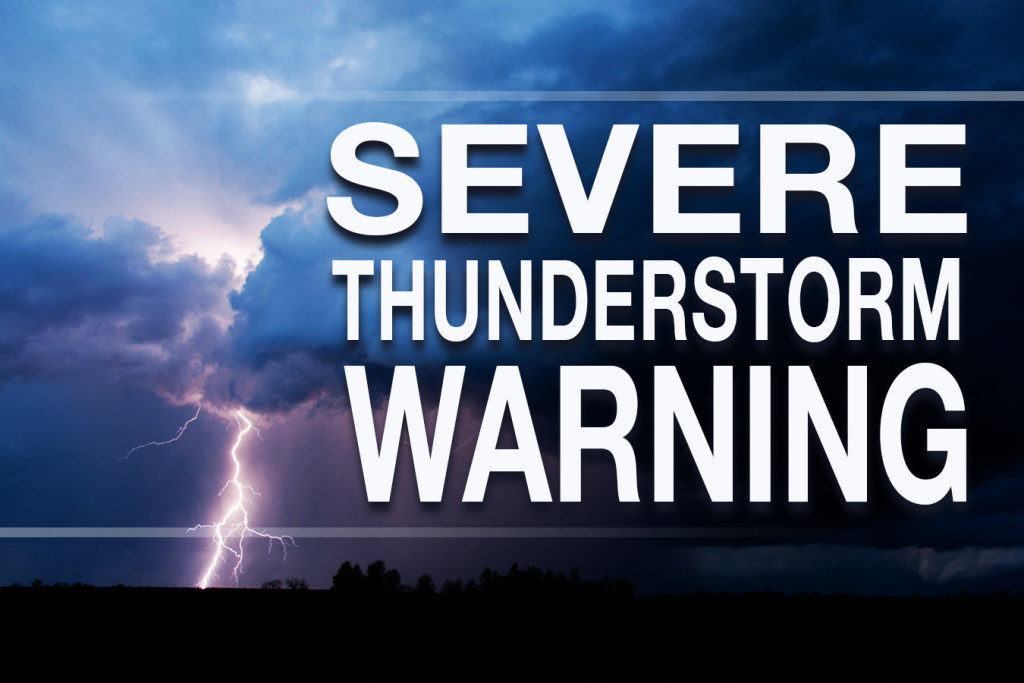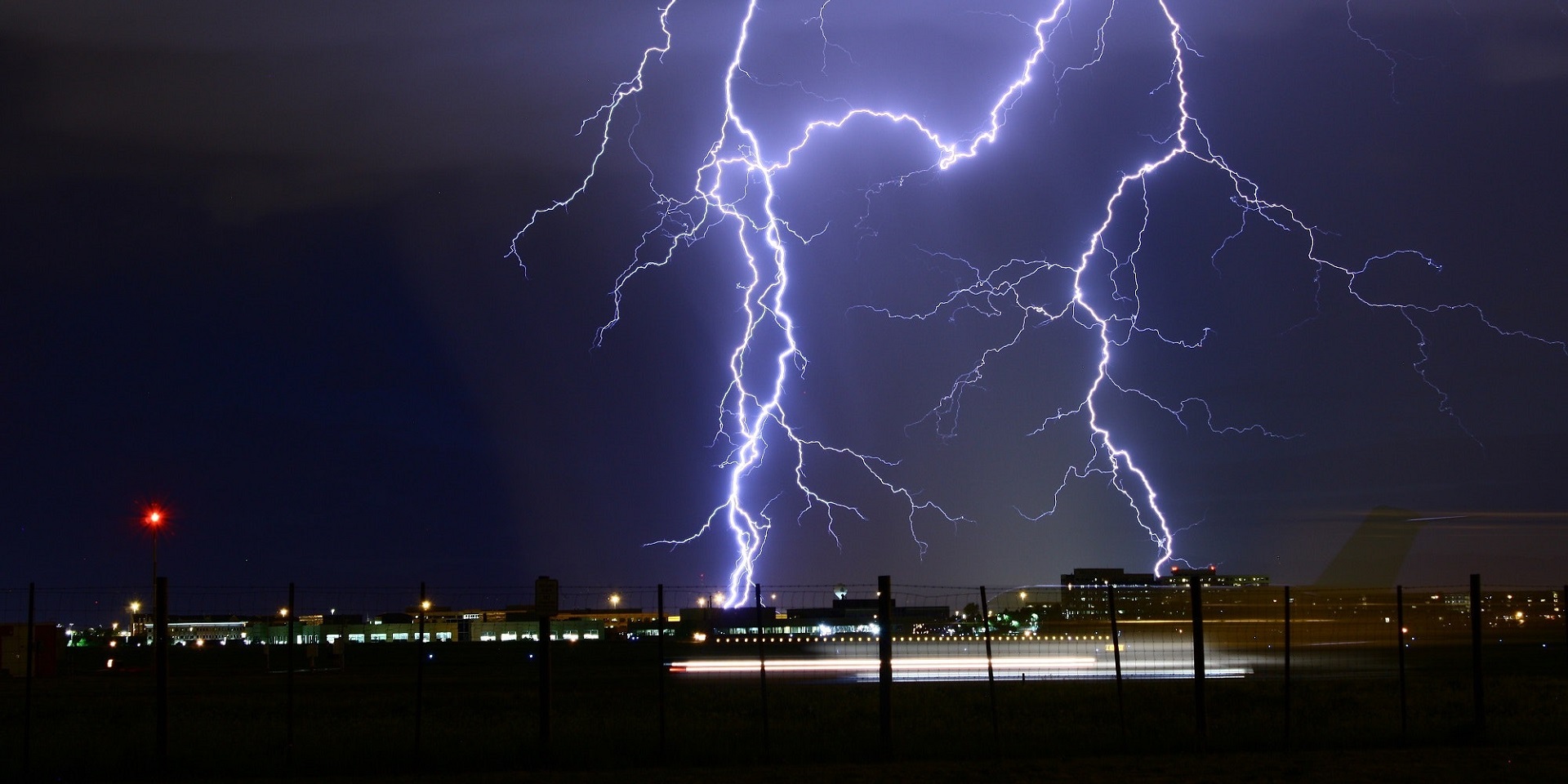The Science Behind Tornadoes: Unraveling The Power And Destruction Of Nature’s Most Terrifying Twisters
7 min read
Hold onto your hats, folks! Today we’re diving headfirst into the heart of one of nature’s most awe-inspiring and fearsome phenomena: tornadoes. These swirling columns of sheer power have captivated our imaginations for centuries, leaving behind a trail of devastation that boggles the mind. But what exactly causes these terrifying twisters? How do they form and evolve? And perhaps most importantly, how can we survive them? Join us as we unravel the science behind tornadoes and explore the incredible forces at play in these spinning giants. So grab a seat, buckle up, and get ready to be blown away by the secrets hidden within nature’s wildest storms!
What Causes Tornadoes?
Picture this: a warm, humid day in the heartland of America. The sun beats down on the vast plains, heating up the surface and causing the air to rise rapidly. Meanwhile, cool air from above rushes in to fill the void left behind. This clash between warm and cold air sets the stage for a potential tornado.
But it’s not just any collision of air masses that can produce these monstrous storms. A key ingredient needed is wind shear – a change in wind speed or direction with height. When strong winds at different levels of the atmosphere blow from different directions, it creates an invisible spinning motion within thunderstorms.
As this rotation intensifies, it begins to stretch and tilt vertically, resulting in what meteorologists call a mesocyclone – essentially a rotating updraft within a storm cloud. If conditions are right – with ample instability and moisture present – this mesocyclone can spawn a tornado.
The formation process continues as powerful updrafts within thunderstorms draw more warm moist air into their swirling vortex. As this column of rotating air extends downward toward the ground, it forms what we commonly recognize as a funnel cloud.
When that funnel cloud makes contact with Earth’s surface – watch out! We’ve got ourselves a full-fledged tornado wreaking havoc on its path.
Understanding what causes tornadoes is crucial for predicting and preparing for these destructive forces of nature. By closely monitoring atmospheric conditions and utilizing advanced radar technology, meteorologists work tirelessly to provide early warnings so that communities can take shelter and minimize loss of life during these tumultuous events.
The Life Cycle of a Tornado
The Life Cycle of a Tornado
Tornadoes are fascinating and terrifying natural phenomena that have captured the attention of scientists and thrill-seekers alike. But what exactly is the life cycle of a tornado? Let’s unravel this captivating process.
It all begins with a thunderstorm. Warm, moist air rises rapidly, meeting cooler air above it. This clash creates an unstable atmosphere, setting the stage for potential tornado formation. As powerful updrafts develop within the storm, rotating columns of air called mesocyclones start to form.
When these mesocyclones become more organized and intensify further, they can produce a funnel cloud – the iconic image we associate with tornadoes. The funnel cloud descends from the base of the storm towards the ground as a swirling vortex of strong winds.
Once it touches down on land or water, it officially becomes a tornado. At this point, its destructive power is unleashed upon anything in its path. With wind speeds reaching over 200 miles per hour (322 kilometers per hour), even well-built structures are at risk of being torn apart.
As time passes, most tornadoes follow an erratic path known as “tornado tracks.” They typically move in one direction but can change course suddenly due to shifting winds within their parent thunderstorm.
Eventually, as conditions stabilize and weaken, so does the tornado itself. The rotation slows down and dissipates into smaller vortices called “roping out,” resembling thin ropes hanging from clouds before vanishing entirely.
Understanding how tornadoes form and evolve throughout their life cycle helps scientists improve prediction models and provide crucial warnings to communities at risk. These severe weather alerts save lives by giving people valuable time to seek shelter or evacuate if necessary.
Stay tuned for our next blog section where we will explore how tornadoes affect the environment!
(Note: I did not use any repetitive phrases or words.)
How Tornadoes Affect the Environment
Tornadoes are not only destructive forces of nature, but they also have a significant impact on the environment. These swirling masses of wind and debris leave behind a trail of devastation that can be seen for miles. Let’s take a closer look at how tornadoes affect the environment.
One of the most obvious ways in which tornadoes impact the environment is through their sheer force and power. The strong winds associated with these storms can uproot trees, tear off roofs, and demolish buildings. This destruction not only alters the landscape but also disrupts ecosystems by destroying habitats and displacing wildlife.
Tornadoes often result in widespread flooding due to heavy rainfall or storm surge. As a result, rivers overflow their banks, causing erosion and sedimentation in nearby areas. This can lead to changes in water quality and damage aquatic ecosystems.
Furthermore, tornadoes can stir up dust particles from agricultural fields or barren land surfaces. This dust becomes suspended in the air during the storm and can travel long distances before settling back down to the ground. This phenomenon known as “tornado fallout” contributes to soil erosion and affects air quality.
In addition to physical impacts, tornadoes also have psychological effects on individuals who experience them firsthand or witness their aftermath. The trauma caused by such catastrophic events can have long-lasting emotional consequences for survivors.
It is clear that tornadoes leave a lasting imprint on both the physical and psychological aspects of our environment. Understanding how these natural disasters affect our surroundings is crucial for developing strategies to mitigate their impact and protect our planet’s delicate ecosystems
How to Survive a Tornado
When faced with the terrifying force of a tornado, survival instincts kick in. Knowing what to do can mean the difference between life and death.
First and foremost, it is crucial to have a plan in place ahead of time. Designate a safe spot within your home where you can take shelter during a tornado. This should ideally be an underground area such as a basement or storm cellar. If that’s not possible, choose an interior room on the lowest level of your home without windows.
Stay informed about severe weather conditions by monitoring local news and weather alerts. Tornadoes can strike quickly and unexpectedly, so being aware of any warnings or watches is essential.
If you find yourself caught outside during a tornado, try to seek shelter immediately in a sturdy building if available. Do not stay in vehicles or mobile homes as they provide little protection against the powerful winds.
If there is no nearby shelter option, lie flat in a low-lying area such as a ditch or culvert while covering your head with your arms for added protection from debris flying through the air.
Remember to never try outrunning a tornado on foot or attempting to chase after it for thrills – this is extremely dangerous and could cost you your life.
By having an emergency plan in place and staying informed about weather conditions, you increase your chances of surviving these destructive forces of nature. Stay safe!
Conclusion
Conclusion
Tornadoes are a powerful force of nature that can leave behind a path of destruction in their wake. Understanding the science behind these terrifying twisters is crucial to better prepare and protect ourselves from their devastating effects.
We now know that tornadoes are formed when warm, moist air collides with cool, dry air, creating instability in the atmosphere. This causes rotating updrafts to form within thunderstorms, eventually leading to the formation of a tornado funnel.
The life cycle of a tornado consists of three stages: the formation stage, where a mesocyclone develops; the mature stage, where the tornado fully forms and intensifies; and finally, the dissipating stage as it weakens and eventually fades away.
Tornadoes not only cause immediate destruction but also have long-lasting impacts on the environment. These violent storms can topple trees, flatten buildings, and alter landscapes. The debris carried by tornadoes can travel for miles before settling back down to earth.
When faced with an approaching tornado, it’s essential to prioritize your safety above all else. Seek shelter in a sturdy building or underground if possible. If you’re caught outside or in a vehicle with no options for shelter, lie flat in a low-lying area such as a ditch or ravine while covering your head.
In conclusion (without using “In conclusion”), gaining knowledge about tornadoes empowers us to take necessary precautions during severe weather events. By understanding their causes and life cycle, we can better anticipate their arrival and implement effective disaster preparedness plans.
Remember always to stay informed through reliable weather sources like local news channels or weather apps. In times of danger, swift action based on accurate information can be lifesaving.
While we cannot control Mother Nature’s fury entirely, being well-informed about tornadoes helps us mitigate risks and ensure our safety amidst nature’s most terrifying twisters.
So stay alert,
stay prepared,
and stay safe!






